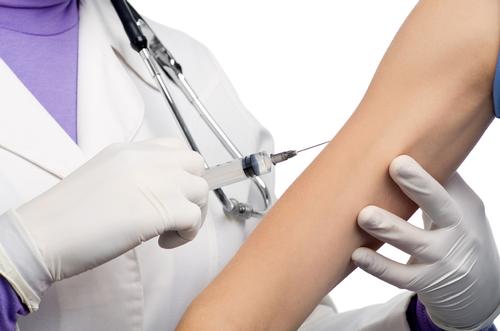15 Dec 2014
Botox could help stroke patients regain movement in paralysed limbs
BY Helen Andrews

Botox injections and extensive physiotherapy are being trialled to overcome paralysis of the arm in victims who have suffered a stroke.
Researchers from La Trobe University in Melbourne, Australia, have conducted a pilot study that show three months of intensive rehabilitation exercises after Botox injections help stroke victims regain a range of movement.
Part of a AU$1m (US$826,000, €663,000, £524,000) grant from The National Health and Medical Research Council will be used to fund further study into this issue. The university’s associate professor Natasha Lannin – head of occupational therapy research at Alfred Health – will recruit 180 patients for a more in-depth experiment.
“What we are aiming for with this intensive therapy is the opportunity to get movement and for our patients to be able to give hugs again, use cutlery and pick up cups,” said Lannin.
According to Lannin, stroke patients left with non-functioning limbs are typically given three doses of Botox and limited physiotherapy, before being given a brochure of exercises to complete at home. Botox works by temporarily reducing the activity of overactive muscles, so they can be strengthened and retrained.
It is widely believed that unless movement is regained after the first few months after a stroke, it will never return.
“At the end of the three months, when the botulinum toxins start to wear off, we’ve built up those muscles and the patient has learnt to use them again – potentially for the first time since the stroke,” Lannin told The Herald Sun.
The new research will see half of the 180 patients receiving just Botox and the other group will receive both Botox and an intensive daily three-month therapy programme.
Another recent study has found that Botox injections can help halt the growth of stomach cancer tumours by killing nerves which help fuel their expansion.
In other news, the trend for under-25s to seek Botox injections in their face has been associated with stopping young people from learning how to express emotions fully.
Close Window